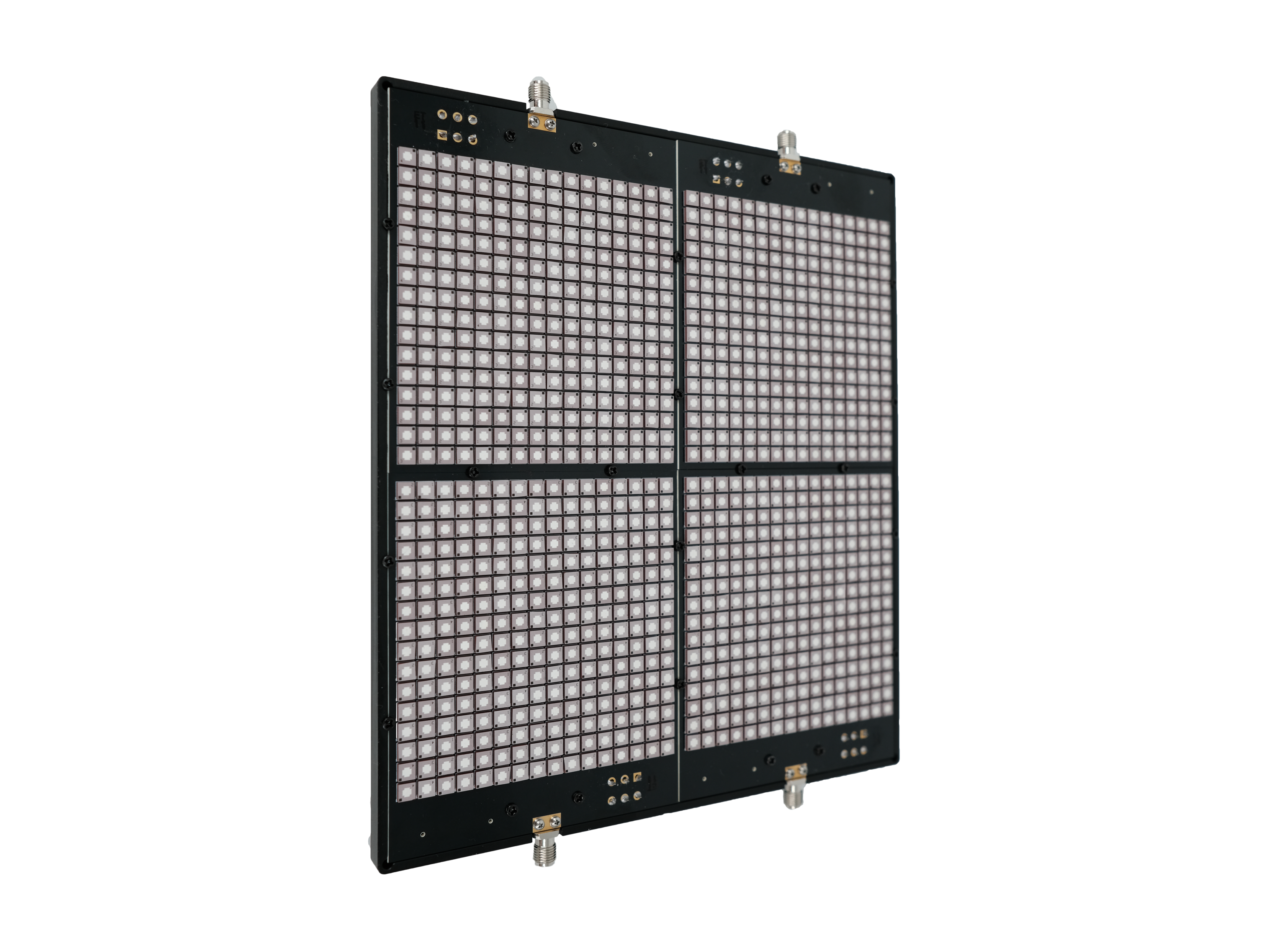mmWave in LEO Satellite Communications: Opportunities and Challenges
YTTEK is pleased to share insights on satellite communication, contributing to the Industrial Technology Research Institute’s Journal of Information and Communication Technology. This article explores the state of low Earth orbit (LEO) satellite communication, the progress of international satellite standards, and the role of millimeter-wave (mmWave) technology in advancing satellite communications. The original version of this article is featured in the 199th issue of Journal of Information and Communication Technology.
Satellites act as relay stations or airborne hubs with complete transmission and reception capabilities, allowing signals to cover vast distances. This enables two-way communication between ground stations, user terminals, and even moving platforms like airplanes, ships, and cars. The wide coverage offered by satellite communication is crucial in remote locations—such as rural areas, mountainous regions, and deserts—where traditional ground-based infrastructure is lacking.
Key Components of Satellite Communication Systems
A typical satellite communication system comprises three key elements: satellite payloads, ground stations, and user Terminals. Ground stations connect to terrestrial networks and relay information to and from user terminals via satellites.
In LEO satellite communication, ground stations typically use the Ka-band for uplinks and the K-band for downlinks. For user terminals, different satellite operators select various frequency bands.
Current Developments in LEO Satellite Communications
Satellites fall into three categories: low Earth orbit (LEO), medium Earth orbit (MEO), and geostationary orbit (GEO). LEO satellites orbit between 300 and 1,500 kilometers above the Earth. They are suitable for communications due to their lower development costs, reduced latency, and moderate ground coverage. This creates opportunities for innovation among satellite developers and payload manufacturers. As countries increasingly prioritize network resilience and national security, the push to develop national satellite systems is gaining momentum.
In this evolving landscape, YTTEK leverages over a decade of expertise in mmWave antenna array and wireless communication development to successfully develop the X-band satellite communication payload, Y.LOAD S, and the X-band high-speed modem, Y.FORCE S. The successful network integration of Y.FORCE S further demonstrates the robustness of our products in challenging transmission environments.
Satellite Communication Standards and the Role of mmWave
Currently, international standards for satellite communication are still being developed. The 3rd Generation Partnership Project (3GPP) is working on Non-Terrestrial Networks (NTNs) standards, covering high-altitude platform stations (HAPS) like balloons, drones, and satellites. Satellite communication is expected to play a vital role in the next generation of wireless mobile technology. The 3GPP NTN FR2 standard recommends the 28 GHz Ka-band for user terminal uplinks and the 18 GHz K-band for downlinks, enabling high-speed mobile broadband to support various multimedia services.
Challenges in mmWave Antenna Design
The issues of high-frequency transmission and significant path loss over longer distances necessitate using large mmWave phased array antennas. These antennas employ beamforming technology to provide increased antenna array gain. Designing large mmWave array antennas involves several key challenges, with thermal management being a primary concern. As the number of antenna elements increases, the Half Power Beam Width (HPBW) narrows, which enhances antenna gain. Additionally, operating at higher frequencies leads to lower Power Added Efficiency (PAE) in power amplifiers (PAs). This means only a small fraction of the DC power is converted into RF signal power, while most dissipates as heat. The resulting heat generation poses significant challenges for managing thermal performance in the system.
Another challenge involves integrating large antenna arrays. A 512-element antenna, for example, can either be designed on a single substrate using traditional high-frequency materials or assembled from smaller modular units. The latter method is preferred, as it reduces the risk of manufacturing defects rendering entire arrays unusable.
The image below showcases YTTEK’s 1024-element, 28 GHz mmWave phased array antenna. Constructed using Low-Temperature Co-Fired Ceramic (LTCC) materials, this multi-layer design minimizes coupling between antenna elements and significantly reduces overall production costs.

Conclusion
Recent developments in the global LEO satellite communication sector indicate an impending transformation in wireless communication technologies. Satellite internet has become a strategic priority in many countries’ infrastructure plans, with efforts focused on lowering costs by developing small satellites such as CubeSats. At the same time, boosting R&D in satellite communication technologies, especially in Ka-band array antennas and the development of payloads, ground stations, and user terminals, is critical to establishing a complete satellite communication industry chain and achieving autonomous product design capabilities.

